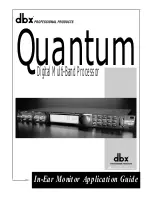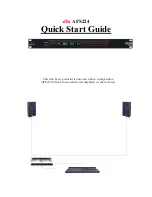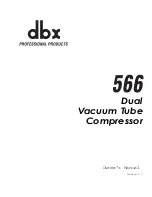
7
Before Using This Unit
Requirements for Installation
8. Before/after installing
•
It may cause injure to a person if this unit falls down or moves by the earthquake and the
impact. etc..To prevent, take measures that the unit cannot fall down, and not install to busy
place.
•
Be sure to install an exhauster, ventilator and extinguisher around the device.
9. Handling of power code
•
Do not entangle the power cord. This will cause overheating and possibly a fire.
•
Do not bend or twist the power cord, or apply excessive tension to it. This may cause a fire
and electrical shock.
•
Do not lay the power cord under a desk or chair, and do not allow it to be pinched in order to
prevent it from being damaged and to avoid a fire or electrical shock.
•
Keep the power cord away from any heating equipment such as a room heater. The cord's
insulation may melt and cause a fire or electrical shock.
•
If the power cord becomes damaged (wiring exposed, breakage, etc.), immediately turn off the
power at the rear of this unit and shut off the main supply power. Then contact your nearest
dealer for replacement of the power cord. Leaving it may cause a fire or electrical shock.
•
Connect the power plug to the receptacle which is supplied appropriate power and voltage.
10. Precautions for use of sample including solvent
•
Note the followings when using the sample which includes solvent.
A Teflon seal, which is sold separately, is recommended for the seal on the rotary joint.
A Teflon diaphragm model vacuum pump is recommended.
A Teflon solenoid valve, which is sold separately, is recommended for the vacuum controller.
The SUS316 pressure sensor, which is sold separately, is recommended for the vacuum
controller.
VR type Teflon solenoid valve
Teflon seal
VR type pressure sensor for solvent
Teflon diaphragm model vacuum pump
(PG200 model)










































